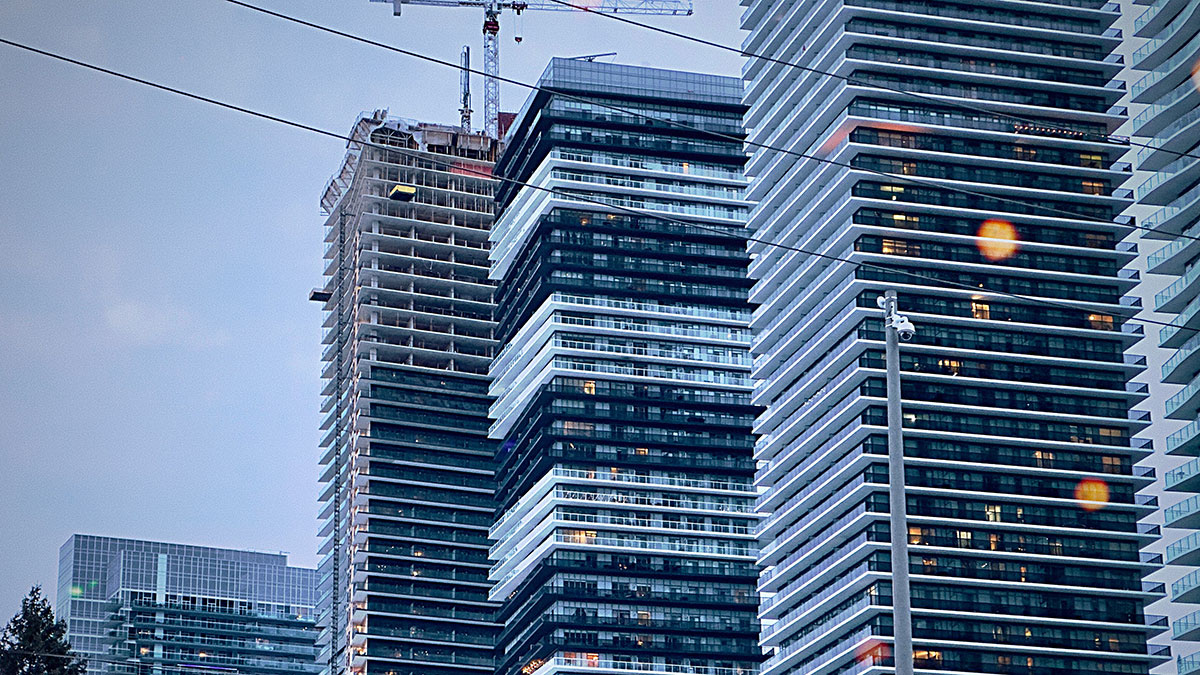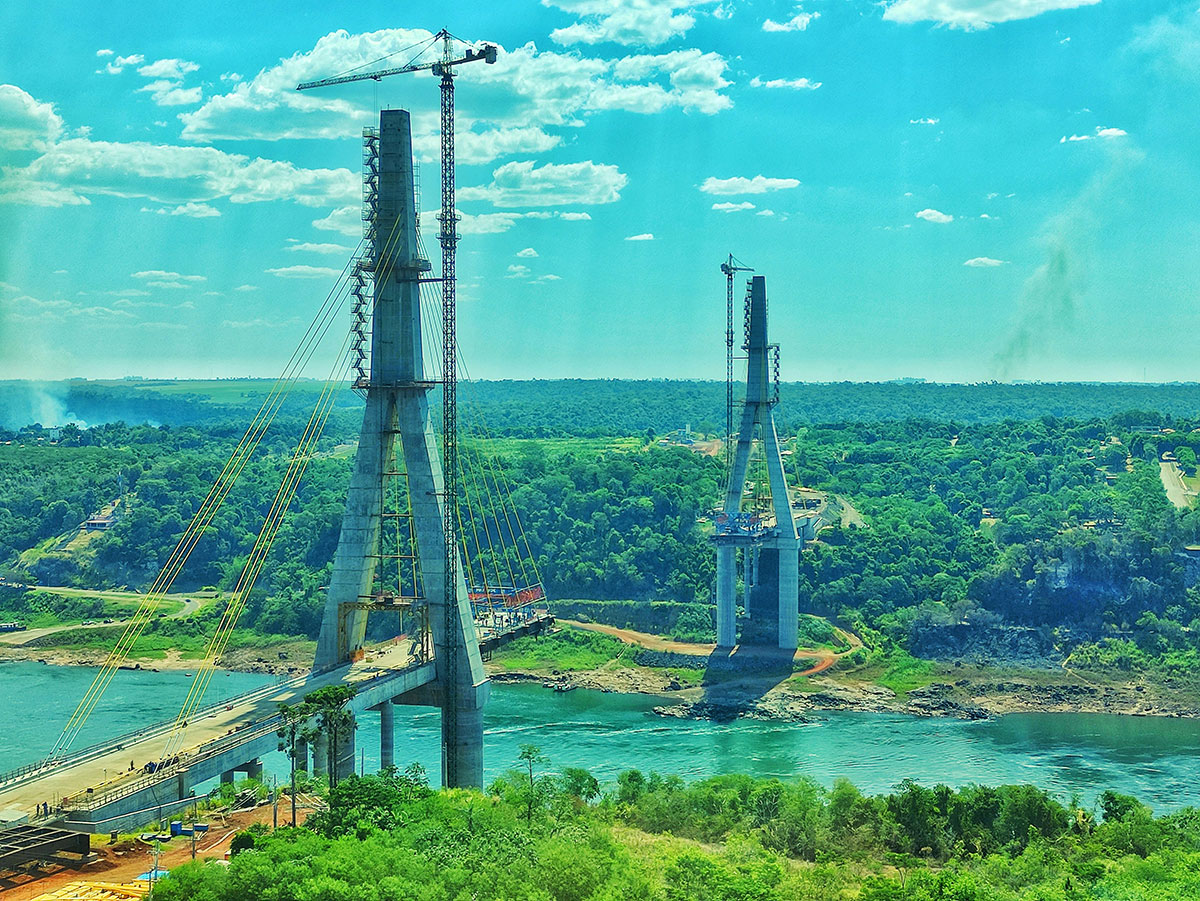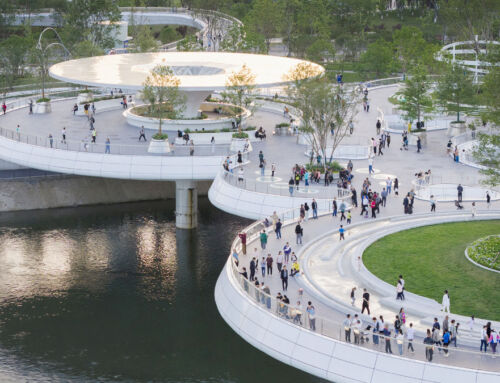It is usual to consider that engineering, in the context of the design and construction of a building, should only deal with calculations for when the building is put into service, in other words, when it is used to fulfil its purpose, be it as offices, housing, hotels, etc. Often, however, buildings have to overcome critical situations during their construction, much more delicate moments than those to which they are subjected in order to fulfil their function.
This is particularly the case in buildings that are designed at height, or that are built using rapid construction systems. In these situations, the structures respond with behaviours that are completely different from those they develop in their final state. A clear example is the construction of bridges which, in order to avoid resting on very deep or high river beds, start from both banks and converge on a plane equidistant from them.
In high-rise buildings, on the other hand, one of the critical moments is when it is necessary to form the floors without the concrete having reached its final strength. The use of props or falsework becomes necessary to distribute the loads properly. This is precisely one of the many calculations that engineering must consider in the construction of office buildings. The trend in design is to create open-plan spaces, without intermediate pillars, and to use fast construction methods, so that the facilities can be used as quickly as possible.
In order for an engineering company to make an adequate structural design, it must first foresee the construction process of the building, especially in those cases where it will be different or critical. As far as possible, the design and calculations should be optimised to avoid the construction process becoming a limiting factor. This could lead to additional costs that would have been avoided.
By Jorge Laguna, head of the structural section of Amusement Logic’s architecture department.
Cover image: Danylo Kondysiuk | Unsplash









